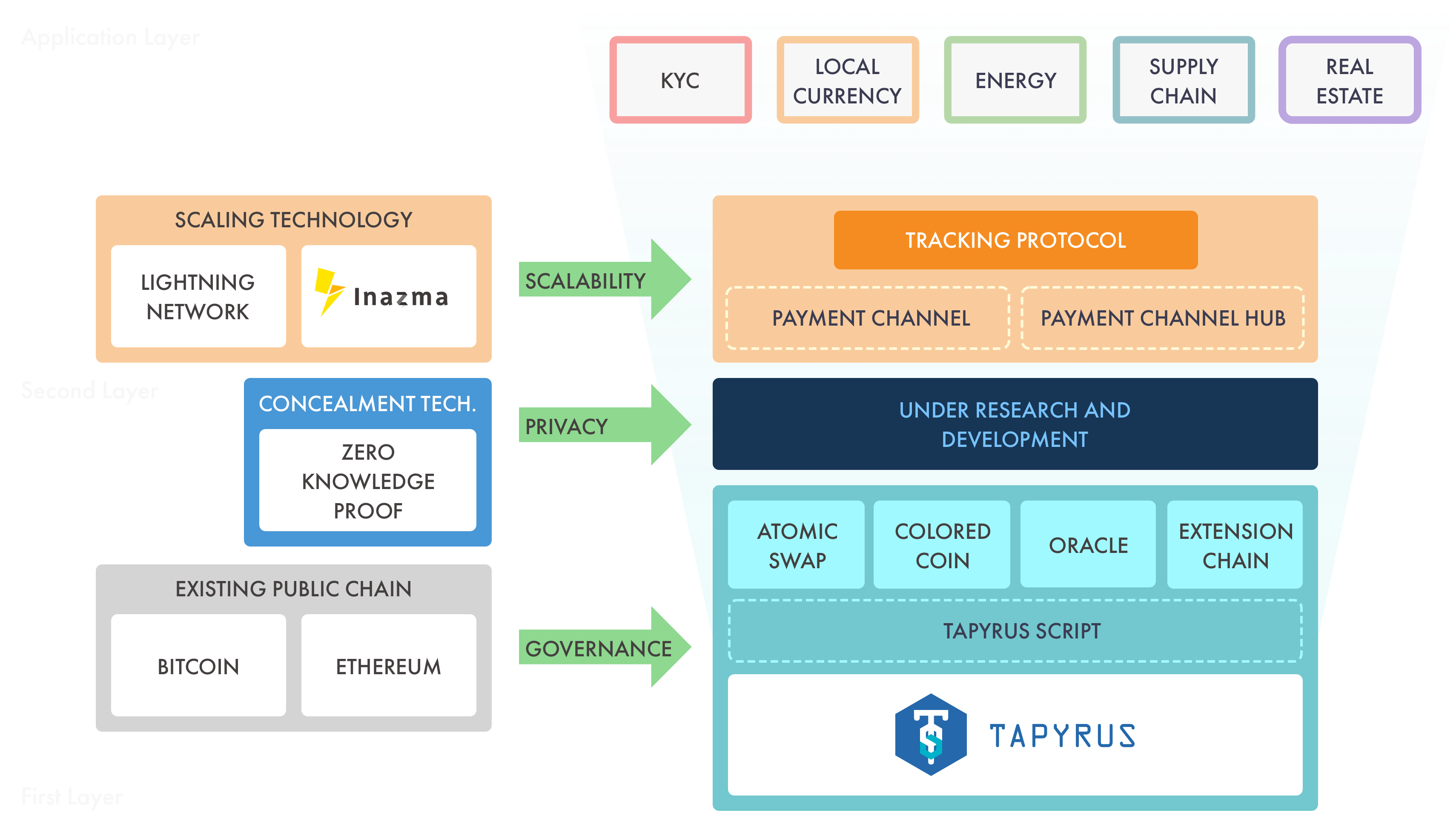Did you try Bitcoin? It could be time for Bitcoin to try, whether you have adopted peer-to-peers’ currency or fearsome money you cannot pluck into your pocket. Or, at least, the protocol blockchain which allows it. Here’s all that we have discussed the facts about bitcoin at bitcoinscircuit.com.
No Bitcoin without Blockchain

How about blockchain? It is a decentralized record-keeping mechanism in which technology consumers are involved in record management. For example, if you decide to pay somebody with Bitcoin, the transaction is checked by many computers that participate in the protocol instead of by a central bank. Every machine in the blockchain has a whole background of transactions to identify any anomalies quickly.
Since transactions occur through people, no prominent banks are allowed to pay considerable fees, payments can be made to anyone across the world quickly, and a trade that can be misused has no credit card number attached. Indeed, people can also receive loans for transactions to be validated. So you might make money processing another transaction rather than paying your bank all those fees.
Uses of Blockchain

Banking is far from the only arena for the application of this technology. The Blockchain protocol will operate for just about any job where operations or records must be executed, validated, and stored safely. Despite the media’s fears, a business called BitCongress proves that online voting can be much safer than conventional polling stations. Other businesses use decentralized cloud storage, rideshare, contract management, and even decentralized nation-operate blockchain protocol.
Ledgers
The task of securing trust between buyers and sellers came with the development of trade in society. How does Alice expect Bob to complete a negotiated transaction? The simple response is using a leaflet document recording transactions between different parties to establish a trade status—who has how much and when?
One-input ledgers have been the standard for many years. Every person or household will keep its credit and indebtedness record. This system was highly likely to be mistaken or fraudulent because every person was responsible for maintaining books, and people are fallible.
Peer-to-Peer Ecash System
Bitcoin is an autonomous public-key cryptosystem that allows digital values to be exchanged between peers through a sequence of digitally signed transactions instead of messages. A Bitcoin transaction’s process flow is similar to a series of encrypted messages in a public key chart and digital signature scheme.
The Monetary Strategy of Bitcoin
Most of the Bitcoin debate depicts it as disruptive technology trying to divide the money between State and government. But Bitcoin is also evolutionary if it looks at the past of currency. Money has been a technological and social phenomenon that people have created. It makes sense for money to eventually receive a structural upgrade in the worldwide cultural trend of growing digitization. When talking about the new monetary policy of Bitcoin, it is necessary, before analyzing Satoshis’s solution, to understand how and why the traditional financial system operates.
Current monetary systems are ‘fiat’ systems supported by arbitrary decrees from the State’s sovereign body. Such currencies are valuable since the State enforces the three characteristics of money as a tool of commerce, store, and unit of account. The most evident proof of this execution is that the State wants taxes to be paid in the national currency.
Bitcoin is the Top Cryptocurrency
Bitcoin is a crypto-currency, but it can be used for various non-currency purposes under its blockchain protocol. People use the blockchain to build everything from ride-sharing to voting and cloud storage applications. Let’s examine more carefully how and how the blockchain protocol operates.
The Protocol of Blockchain

In 2008, an online cryptographic protocol explaining the blockchain protocol was first released.
- The original paper only defined the use for currency creation of the blockchain protocol (i.e., Bitcoin)
- The author (and developer) of the blockchain protocol is unknown, although the person is called ‘Satoshi Nakamoto’
- The easiest way of thinking about the blockchain protocol is to maintain records:
- This does not have a central hierarchy
- Where every record is open
- All those involved in the protocol have also access to these documents
- This facilitates the detection of anyone who falsifies records
- Investopedia is an example of the blockchain itself using the banking framework
- The whole blockchain is like the banking past
- A single block is like a single bank declaration
- However, unlike many traditional systems, every person participating in the protocol (or, more precisely, every computer) functions in a decentralized system.
- The so-called “decentralized agreement.”
- All should be involved in these structures.
- There is no single bank or organization, for example, that regulates Bitcoin.
- The blockchain protocol was opened in 2009.
- So no one owns, and everybody can use the protocol to build their system
- A shared ledger or book is available in all computers involved in the protocol
- This booklet provides a record of each machine transaction
- This makes forging or duplicating any units generated in the protocol difficult for people (bitcoins, votes, etc.)
- The ledger is known as the “blockchain.”

